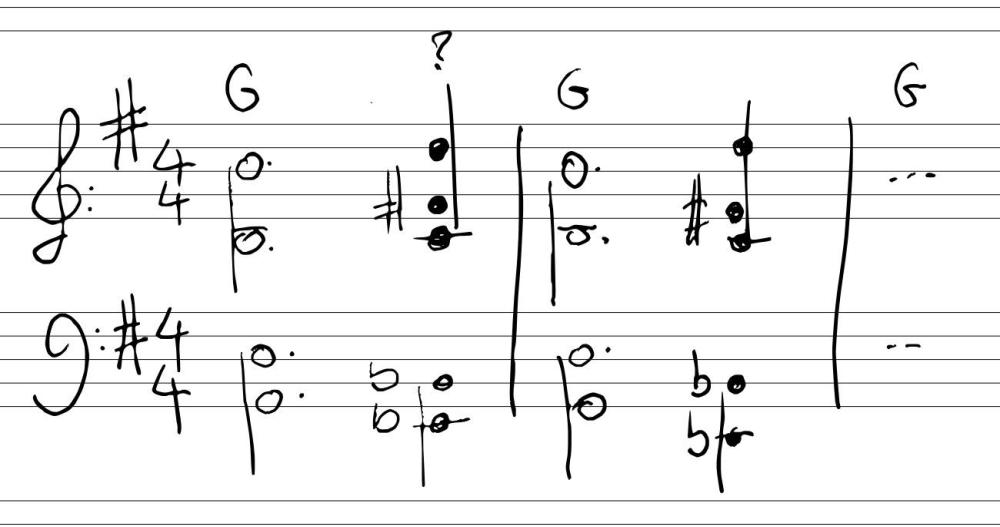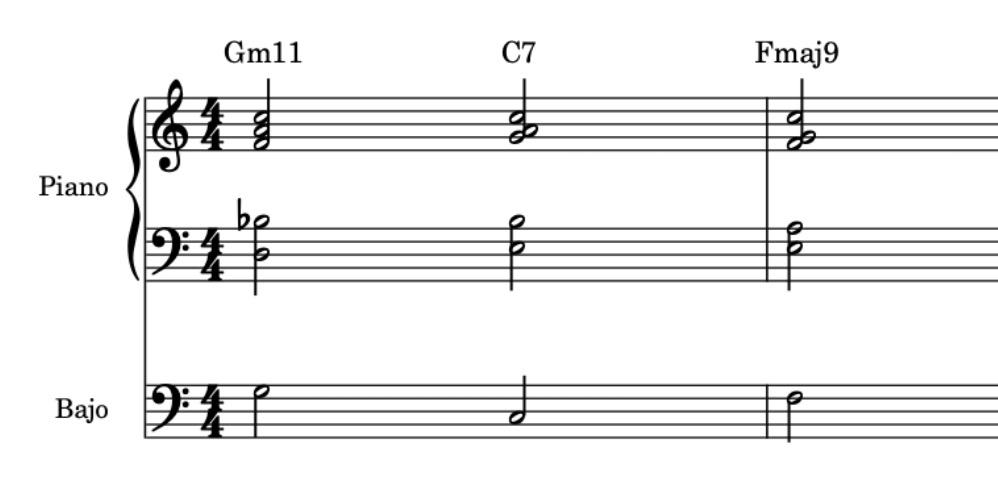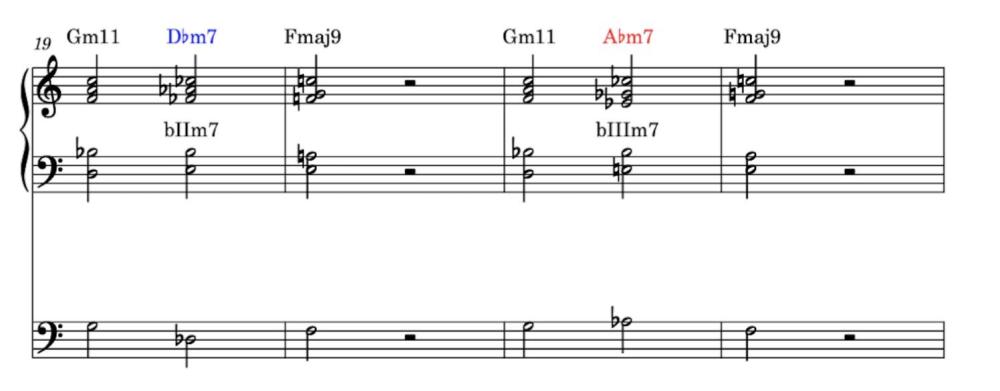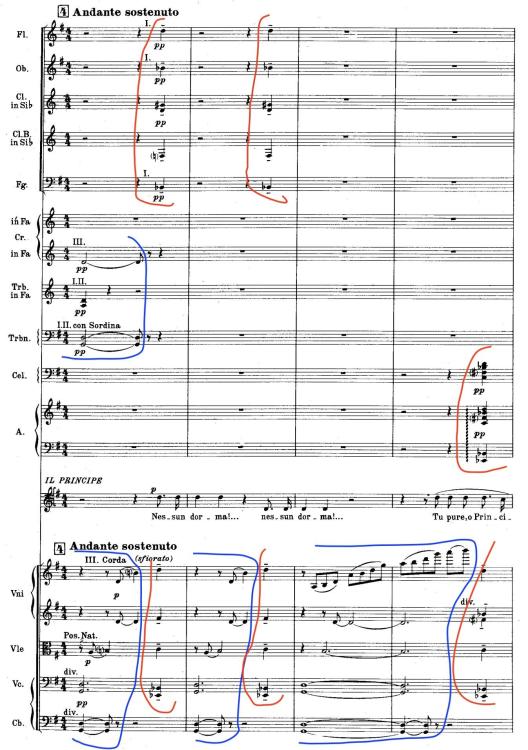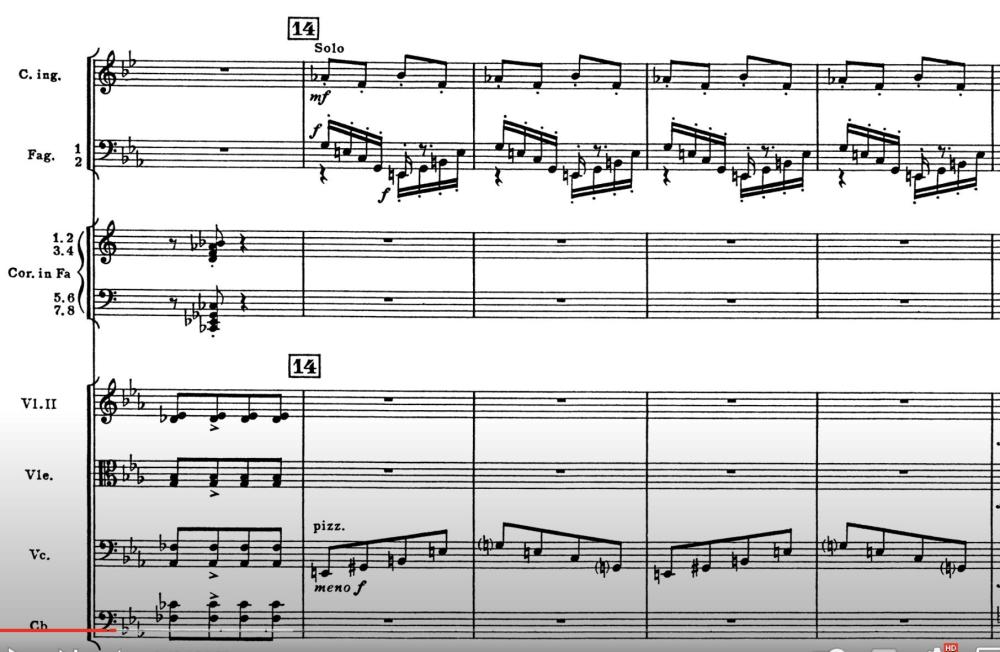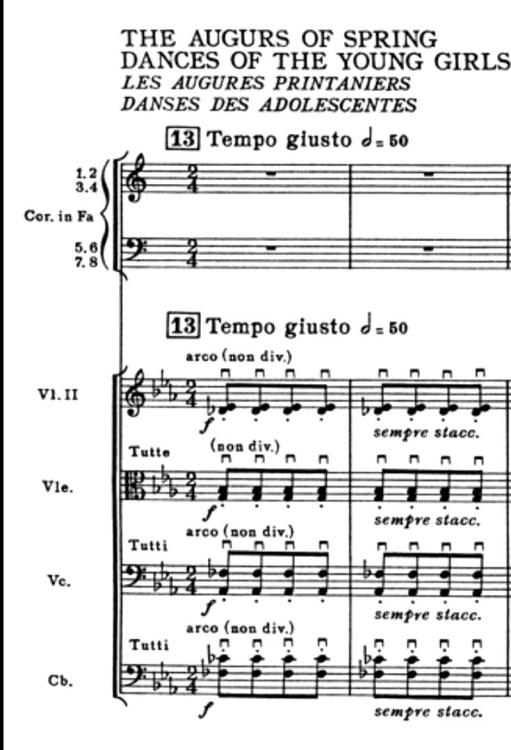Leaderboard
Popular Content
Showing content with the highest reputation on 08/01/2023 in all areas
-
Hi Samuel, I do feel like the three sections quite different to each other; the first theme lonely with very few piano accompaniment, the second theme intriguing and the third section more flowing and hopeful. But I agree with @Awsumerguy that the themes blend well by having contrasting mood. I think you are using the low and middle register of viola and can use its higher register for the next section. Some middle register notes played by violin can be played by violas very beautifully, as the tightened sound make it purer for me. Of course I would love to see the two instruments react more to each other, and piano should have its own melodic part too instead of just accompanying the viola. In b.29 it's better to have RH play the low D and LH play the first chord, and then have the RH play the 2nd chords onward since with both hands changing register can result in collision of hands. Thx for sharing the draft! Henry2 points
-
This is a reduction of a real progression, from a classical work. Also, known by I would say 99.9% of the people. The key is G maj and the progression is Gmaj- ? - Gmaj- ?.. This chord ? is composed of the notes Eb - Bb - C - F - D. How would you interpret this chord, what function does it have? Later on I will reveal which piece it is, (does anyone know).1 point
-
Decades later there is a theoretical explanation that, as noted above, comes out of jazz. It is the substitution of structures in the dominant chord. As long as you keep the tritone over the following chord, you can do whatever you want with the rest. Even changing the bass note. Starting from this: You can do this, or whatever:1 point
-
I think you have to take into account the context, which is totally tonal and functional. And also that the solution, if there is only one, is the simplest. For me it is an altered V7 chord (but altering the fundamental). The other explanations are possible, but some of them have no continuity. For example, Bartok's axial system.1 point
-
I think it is a V7 chord with the D# added (which I found really strange) or maybe is a V7 chord over a neapolitan. Another explanation could be: - Bartok axis system (That Eb would be a sustitution for A) - An added 5th interval over the 5th of the chord, as Stravinsky and Falla does.1 point
-
Puccini was a very interesting composer (apart from being very inspired and with an absolute command of the orchestra). Would he know some of the techniques of the 20th century? He died in 1924, leaving Turandot unfinished. He did have influences of Wagner and Debussy, although he recycled them in his own way. From a classical harmony point of view (although in the late 19th century this could be seen as a hybrid chord perhaps: D7+/Eb. But in this case it would be an Eb chord, without dominant function, which it does have. Anyway, I'm not surprised that jazz developed all this by making it its own.1 point
-
Nice! The only reason I recognized it as a type of Dominant chord is because I have some background in jazz. I find it Interesting that this type of chord was used a bit before the Jazz musical language. I wonder if Puccini viewed this type of chord in a different manner, for example as a type of Polychord1 point
-
Indeed, I see it that way. That is, it is functional harmony (it is perfectly audible in context). What is striking is that under the D7, an Eb is drawn (without a third). In fact in the D7 the fifth (A) does not appear so as not to clash with the Bb, in a sort of D7+. And it calls my attention because the most similar thing (well it is that technique) that I know to this is the reharmonization of the dominant chord altering its fundamental. The condition for this to happen is that the tritone is present, and it is. I think it is a technique after the time of Puccini (who is the author of this) more of jazz. But it doesn't surprise me at all, of course. And well to unveil the enigma it is the aria NESSUN DORMA from Turandot. Who doesn't know it? From the moment the voice starts, this progression is recognized several times and then goes to D- Bm.....1 point
-
It is very interesting but a different situation. What Stravinsky uses, as I see it, is an octatonic scale and a polychord that is Eb7 + Fb, which is seen as a whole in the 8 horns he introduced (not seen in your image). But really that doesn't resolve into an Ab chord. It resolves into four bars of melodic lines that, if anything, draw a polychord E + C, and yet some more note on the English horn. Anyway, this seems to be a polychordal situation and not functional in the classical sense.1 point
-
1 point
-
Im reading this as a Dominant 7th with a b9 and b13. So D7 (b9,b13). And it’s functioning as a Dominant chord. Especially in this example, moving from G-D7 and back to G.1 point
-
It sounds pretty good, but why are you so intent on using chord arpeggios on top... They don't make melody.1 point
-
Hi Aaron, Yup I like that ascending bass! Maybe next time you can try a descending one. It's interesting that you're adopting the 7 bar structure (2+2+1+2 for b.1-7) and (2+2+2+1 for b.8-14)for the opening sections two phrases. I find it harder to balance for a 7 bar phrasing than an 8 bar one. Do you try this intentionally? Again in your middle section (b.15-28), you are staying in the dominant C major key, after you establish it in the first section. Maybe modulating to other close keys, like subdominant Bb major, relative minor D minor and supertonic minor G minor will make the piece more varied harmonically. Again in the middle section it consists of two 7 bar phrasing, so I'm sure you are trying it. For b.36, maybe using a ii6 chord there will be nice. Thx for sharing! Henry1 point
-
Well, this is a sketch of the two themes. I find the second theme too different from the first theme, as it were a different piece; i don't really know why :'-(1 point
-
A fun piece, by all means @Samuel_vangogh! I'm not exactly an expert on chamber music (let alone the viola), but I personally find the viola occupies an almost uncanny middle-ground between the violin and the cello in this piece. I suppose this relays my biases towards the violin and cello, but I think it'd definitely benefit if you stuck with playing around on either the higher or the lower register that either instrument provides (I think it kind of sounds like you're playing around middle C on the piano sometimes). On the other hand (aside from the incomplete piano in the first theme), I think the themes blend with each other reasonably well: it makes for an interesting slow-fast-slow-type movement throughout the piece, like what Schubert did in some of his lieder. I'll say, though, that developing the ideas more would really take it that extra mile (there's obviously that abrupt end, which I believe was intentional). I am aware this is still a sketch, but those are my thoughts on how you might want to complete the piece. Keep at it! 💪1 point



.thumb.jpg.e5f26b712b4f9622f521b10d8a53c6d6.jpg)
